Amphibians in Florida
The climate in Florida is humid subtropical. This means that the summers are hot and the winters are mild. The state is home to a number of different amphibian species, including the American toad, Fowler’s toad, green treefrog, squirrel treefrog, Caribbean treefrog, American bullfrog, cricket frog, and pig frog.
Frogs & Toads (Anura) in Florida
Scientific Name: Pseudacris feriarum
Scientific Name: Hyla squirella
Scientific Name: Pseudacris crucifer
Scientific Name: Anaxyrus terrestris
Scientific Name: Lithobates sphenocephalus
Scientific Name: Acris gryllus
Scientific Name: Pseudacris nigrita
Scientific Name: Lithobates heckscheri
Scientific Name: Hyla femoralis
Scientific Name: Hyla andersonii
Scientific Name: Lithobates grylio
Scientific Name: Pseudacris ornata
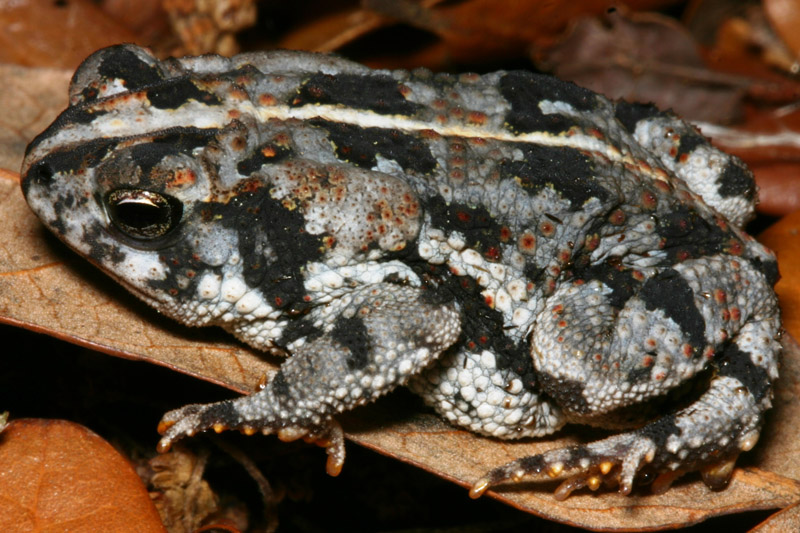
Scientific Name: Anaxyrus quercicus
Scientific Name: Acris crepitans
Scientific Name: Pseudacris ocularis
Scientific Name: Eleutherodactylus planirostris
Scientific Name: Lithobates clamitans
Scientific Name: Lithobates capito
Scientific Name: Anaxyrus fowleri
Scientific Name: Lithobates okaloosae
Scientific Name: Scaphiopus holbrookii
Scientific Name: Gastrophryne carolinensis
Scientific Name: Osteopilus septentrionalis
Scientific Name: Hyla chrysoscelis
Scientific Name: Lithobates virgatipes
Scientific Name: Hyla avivoca
Scientific Name: Hyla gratiosa
Scientific Name: Lithobates catesbeianus
Salamanders (Caudata) in Florida
Scientific Name: Amphiuma means
Scientific Name: Ambystoma tigrinum
Scientific Name: Eurycea guttolineata
Scientific Name: Notophthalmus perstriatus
Scientific Name: Eurycea cirrigera
Scientific Name: Pseudobranchus axanthus
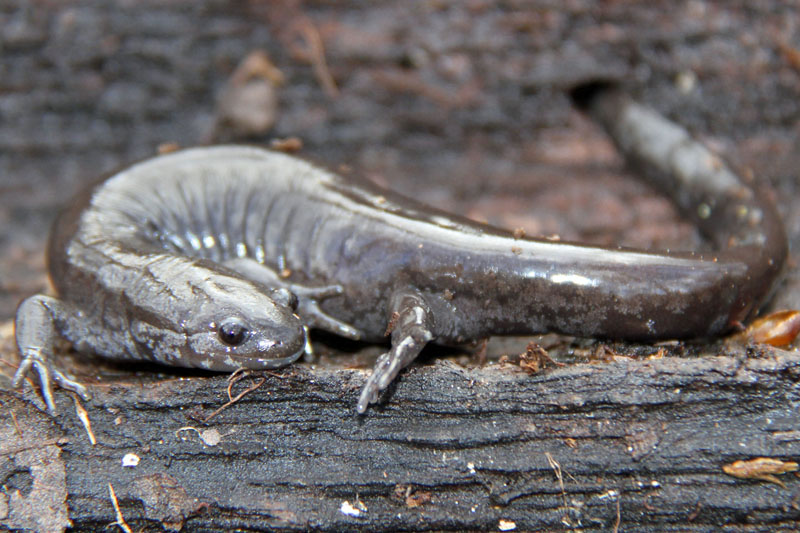
Scientific Name: Ambystoma texanum
Other Name(s): Texas Salamander, Porphyry Salamander, Narrow-mouthed Salamander
Scientific Name: Desmognathus monticola
Reticulated Flatwoods Salamander
Scientific Name: Ambystoma bishopi
Scientific Name: Pseudotriton ruber
Scientific Name: Amphiuma pholeter
Scientific Name: Plethodon glutinosus
Scientific Name: Pseudobranchus striatus
Scientific Name: Desmognathus fuscus
Scientific Name: Pseudotriton montanus
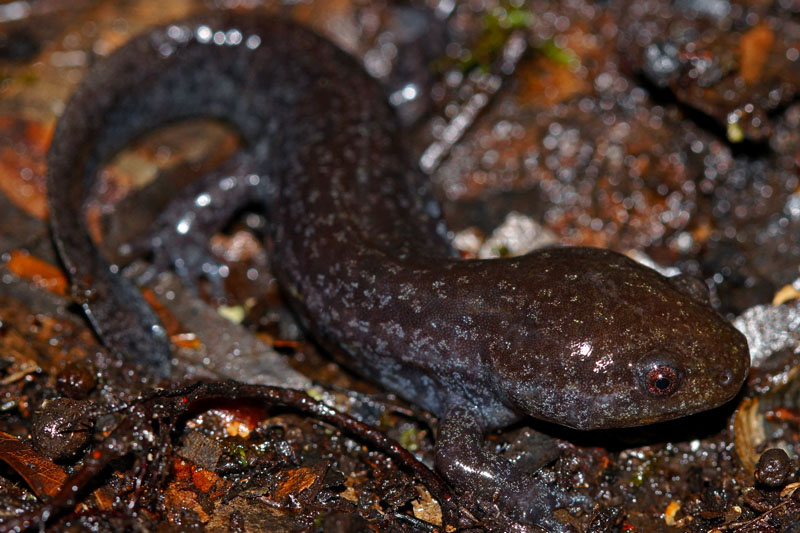
Scientific Name: Ambystoma talpoideum
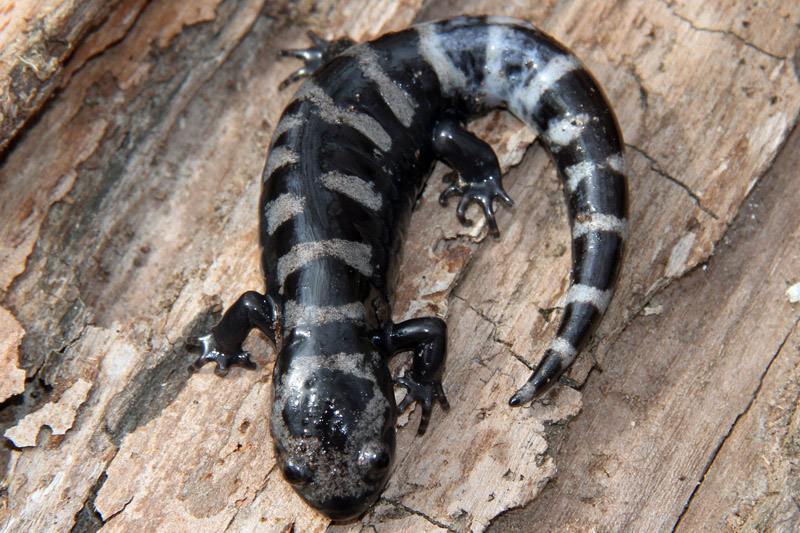
Scientific Name: Ambystoma opacum
Scientific Name: Stereochilus marginatus
Scientific Name: Siren intermedia
Scientific Name: Siren lacertina
Scientific Name: Eurycea wallacei
Scientific Name: Ambystoma cingulatum
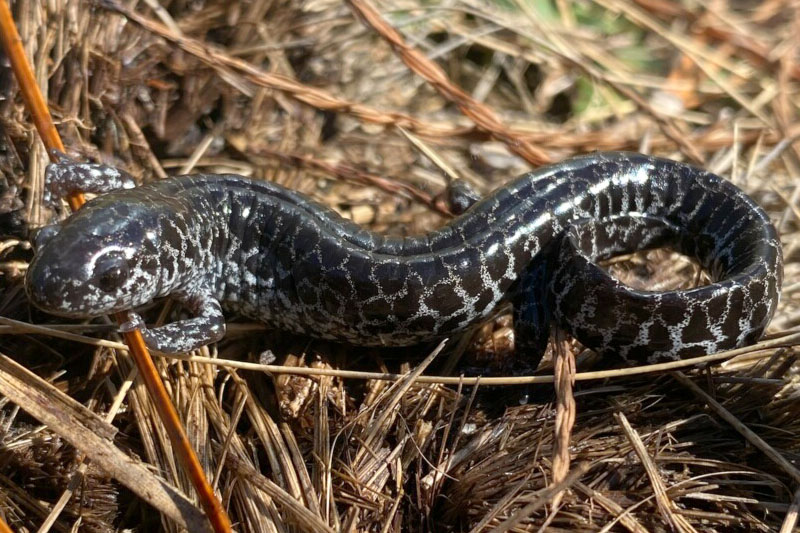
Scientific Name: Ambystoma cingulatum
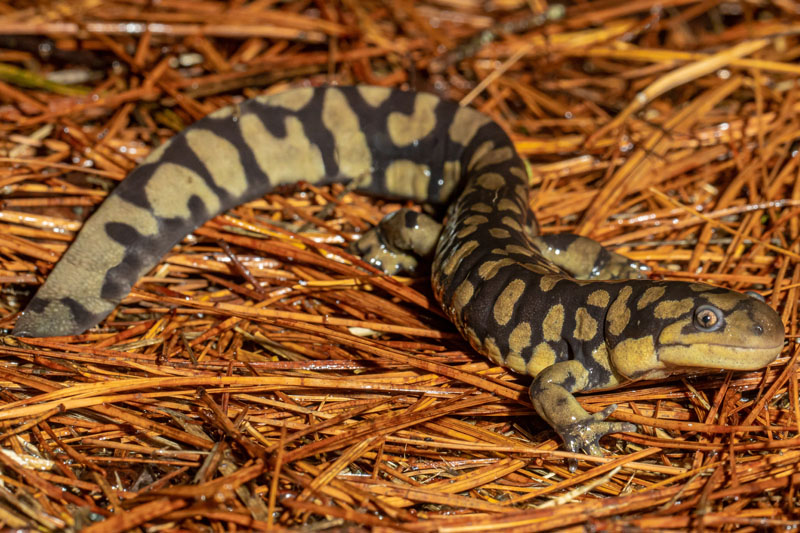
Scientific Name: Notophthalmus viridescens
Scientific Name: Desmognathus apalachicolae
